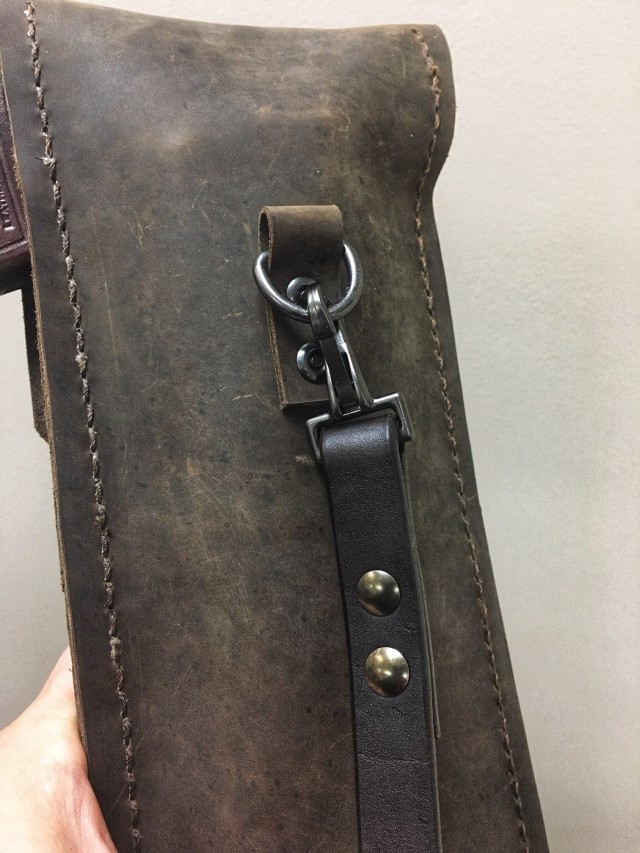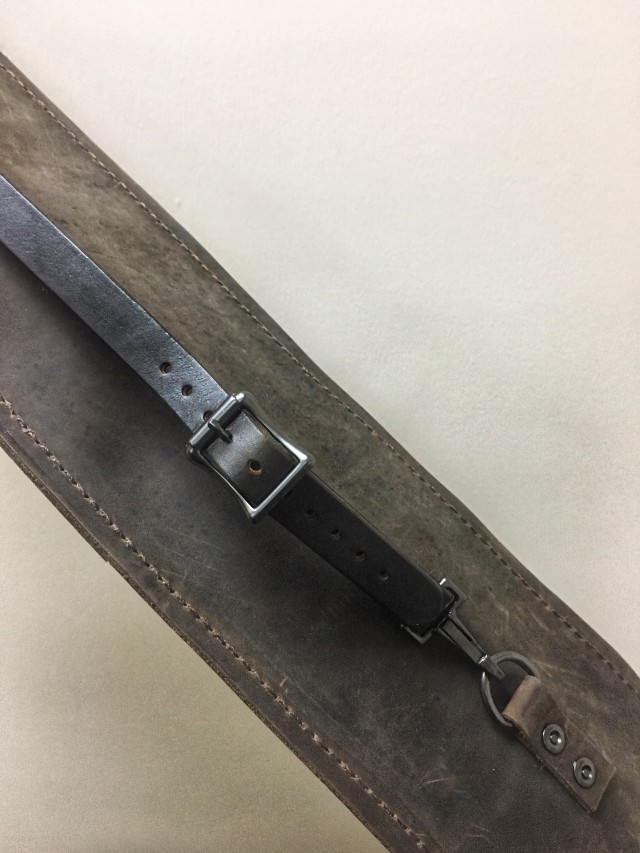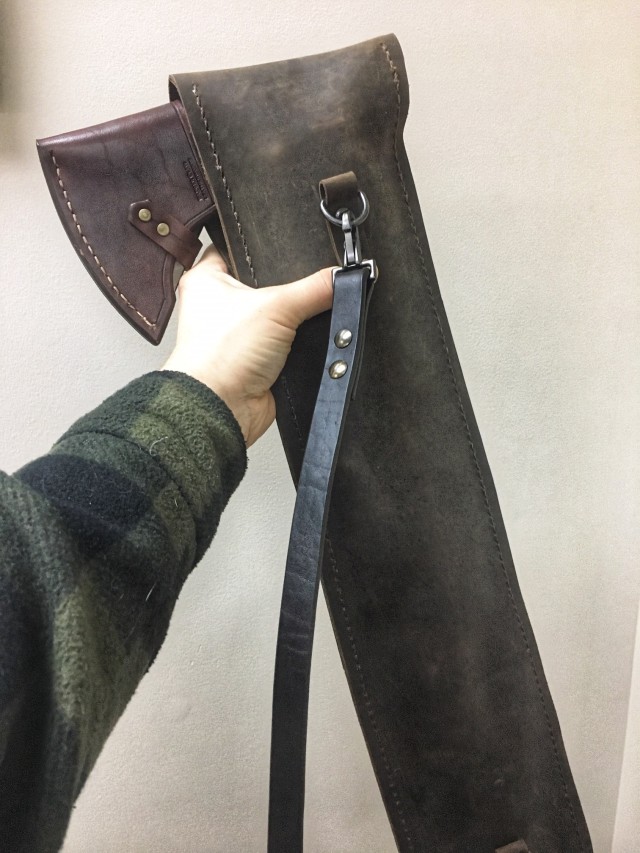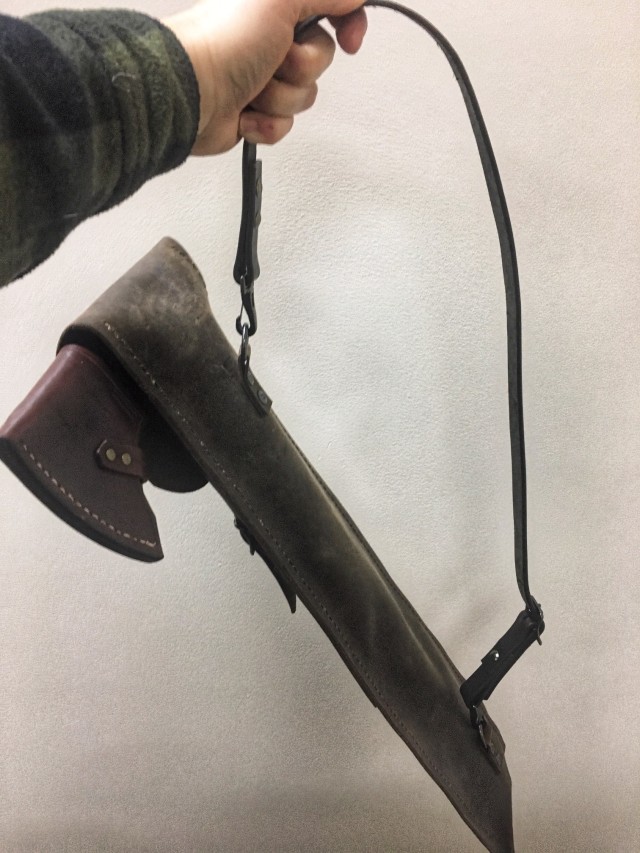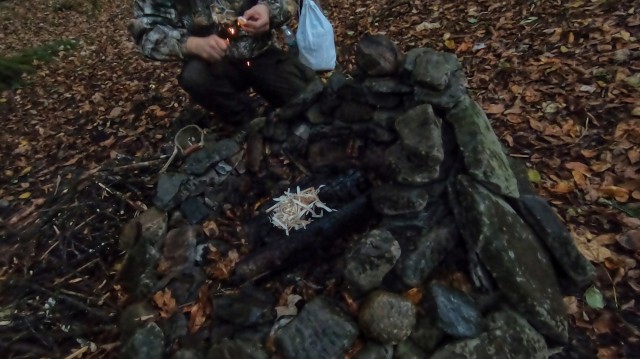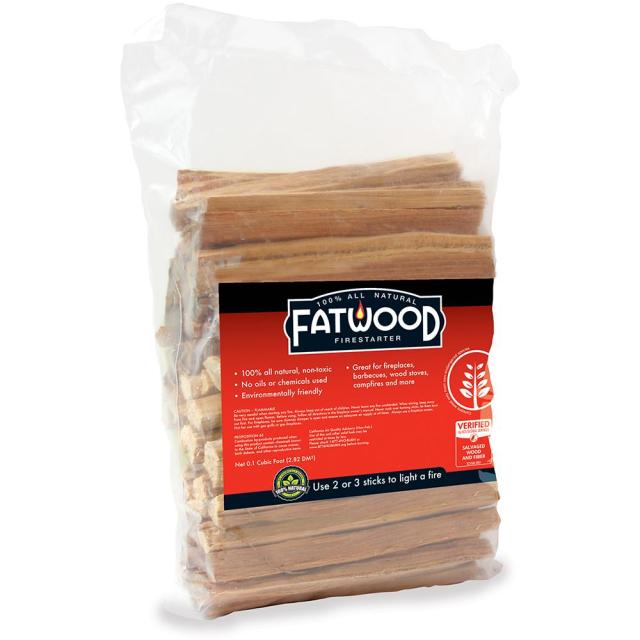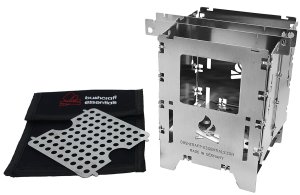CP Kydex Bushcraft Knife Sheath
This past weekend I received my new sheath for my Casstrom Lars Falt Knife. CP Kydex (Country Prepper) made me an updated version of his “bushcraft” sheath. If you’ve never owned one of his sheaths or are aware of him, you’re missing out. I argue that he is one of the best kydex knife sheath makers. I love the quality of his work and how he melds leather and kydex together in a beautiful functional way.


I own the first generation “bushcraft” model sheath for my Mora Garberg. That sheath has held up wonderfully and I still love it today. I love that I have so many possibilities at my fingertips. The newer model is bigger and has a larger tin mounted on the back to use for whatever you’d like. In the small tin on my Garberg, I have some quick tinders and a fishing kit. With this larger tin I’m able to carry more quick tinders, a larger fishing kit, a sail needle and some stormproof matches. On the older model you received #36 bankline but on the new sheaths you can choose #36 bankline or Titan Survival Cord wrapped around the sheath. I still chose bankline because that’s what I prefer to use for bowdrills and many other things. I usually always have some 550 cord with me anyways.

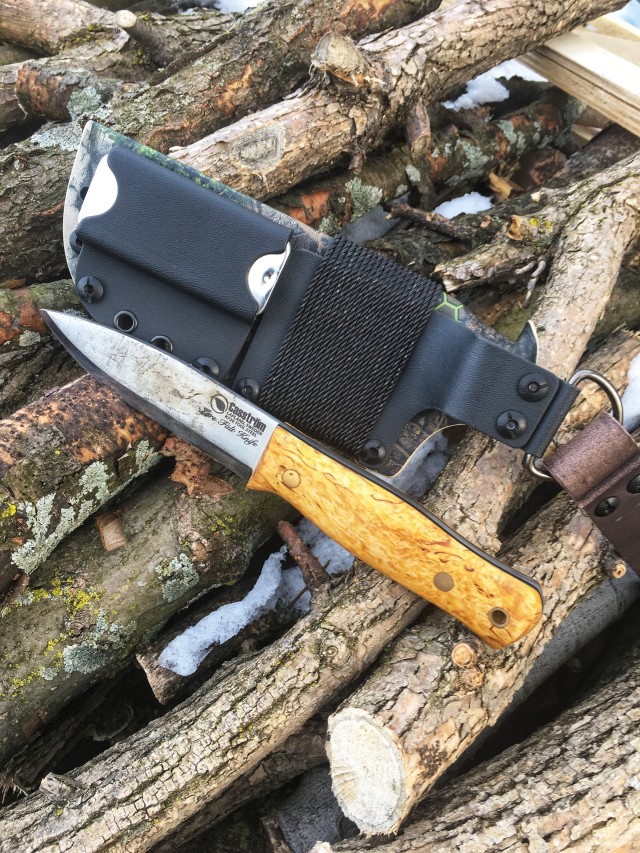
I also own a sheath that CP Kydex made for my Mora Eldris as well as a mini bic lighter carrier. Here’s a link to his etsy store; www.etsy.com/shop/CPKydex
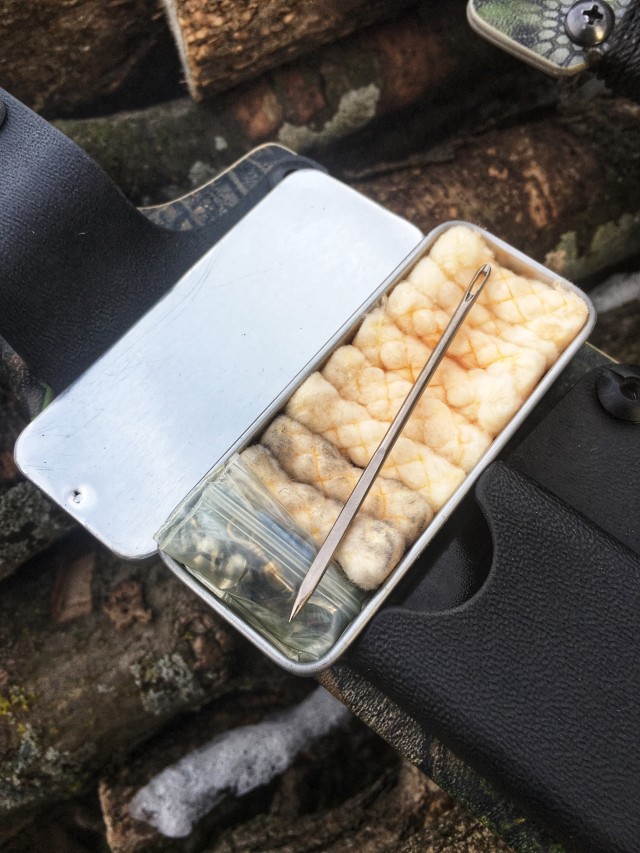
I look forward too many years of service from this sheath, like I have from the other ones he’s made for me. I can’t recommend his sheaths enough. If I could, I’d own one of his sheaths for every knife I own. Do you own any CP Kydex Sheaths? Do you like kydex for knife sheaths? What are your thoughts on the look and functionality of these sheaths? Feel free to leave a comment with your answer to any of these questions. Thanks for stopping by and have fun out there exploring this beautiful world.




